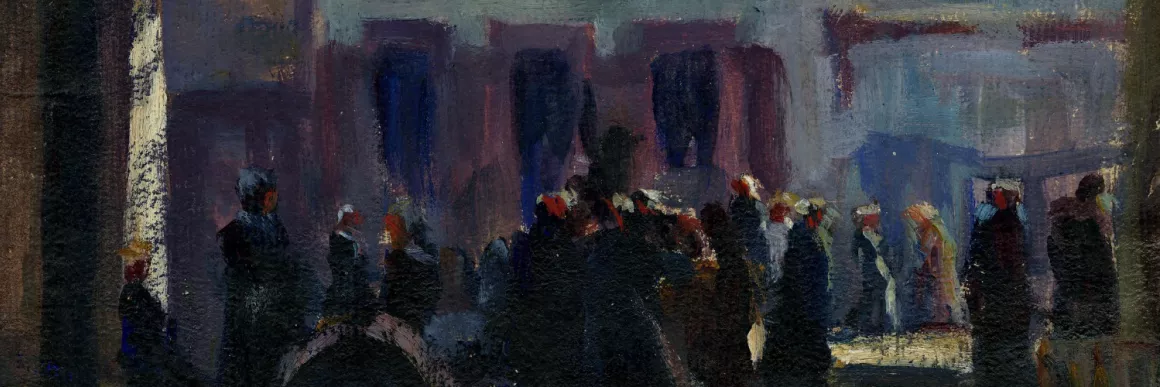This collection thinks the “rights” of the negative against the more common association of the term “rights” with human rights and rights that can be posited. Such rights, despite their seeming liberalism, produce a normative notion of the person which is in the end biopolitical, and moreover, in assuming that rights can always be posited, they assume the primacy of the public sphere. The essays in this collection all resist the current emphasis on the public sphere that has resulted from the absorption of “Romanticism” into the “Nineteenth Century,” and focus instead on Romanticism as a retreat from publication, publicity and consensus. Whether this retreat is absolute negation or a withdrawal that holds something in reserve is a question left open in the spaces between these six essays on Godwin, Charlotte Smith, Coleridge and Goya.
Abstract
This essay considers the doubt and its relation to desire as explored in William Godwin’s Caleb Williams (1794). It argues that the novel’s interest in doubt, and particularly its interest in how doubt organizes legal inquiry, should be read in dialogue with a form of legal doubt adopted within eighteenth-century legal epistemology as a response to problem of legal judgment under uncertainty and now crystallized in the “beyond reasonable doubt” evidentiary standard that continues to organize legal proof in Anglophone law.
Abstract
This essay proposes a reinterpretation of Charlotte Smith’s role in the romantic sonnet revival. It argues, against the predominant trend in Smith criticism, that Elegiac Sonnets is a counter-sentimental work. Smith’s primary innovation in the sonnet form was a particular way of using its “turn” function to dissociate the lyric subject from an unsatisfying reality. This gesture—the “negative turn”—occurs throughout the many editions of Elegiac Sonnets.
Abstract
Romantic literature at times features instances of positive negation, that trope whereby a literary text gives a body, face, visible form, or effective agency to negativity. In doing so, it anticipates similar features in modernist critical theory, such as Heidegger’s notion of the possibility of the impossibility of existence, or Bataille’s rendition of the presence of the absence of God. Such figures appear in the late poetry of Samuel Taylor Coleridge, especially “Human Life, On the Denial of Immortality,” which reveal a counterside to his late theological reflections.
Abstract
This article takes up the act of retreating or withdrawal as a way of reading the unpublished and published versions of Samuel Taylor Coleridge's "Christabel." Although Coleridge intended to publish "Christabel" in the second edition of the Lyrical Ballads in 1800, the poem was withheld from publication until 1816 and further revised by Coleridge until 1834.
Abstract
This paper takes up Godwin’s fourth major novel, Mandeville (1817), and explores its extreme negativity as a recursive space for the stalled revolutionary energies of what Godwin saw as the only period in British history worthy of “genuine and independent man”: the period of the Civil Wars and the “English Revolution,” which had many resonances with his own time.
Abstract
Although often heralded as a passionate denunciation of the mayhem of the Peninsular War, Francisco de Goya’s The Disasters of War (1814-1820) was not published during the artist’s lifetime. My wager is to treat Goya’s desistance not as evasive but as intrinsic to the Disasters itself, now seen as an artistic practice and an experiment in living that takes on ruination without necessarily metabolizing it. Goya releases his images by denying them refuge in the visibly social. In what ways are traces of this abstention legible in the aquatints themselves?

